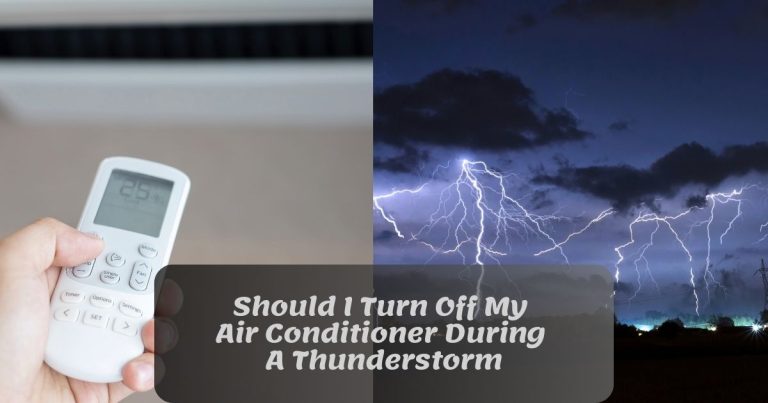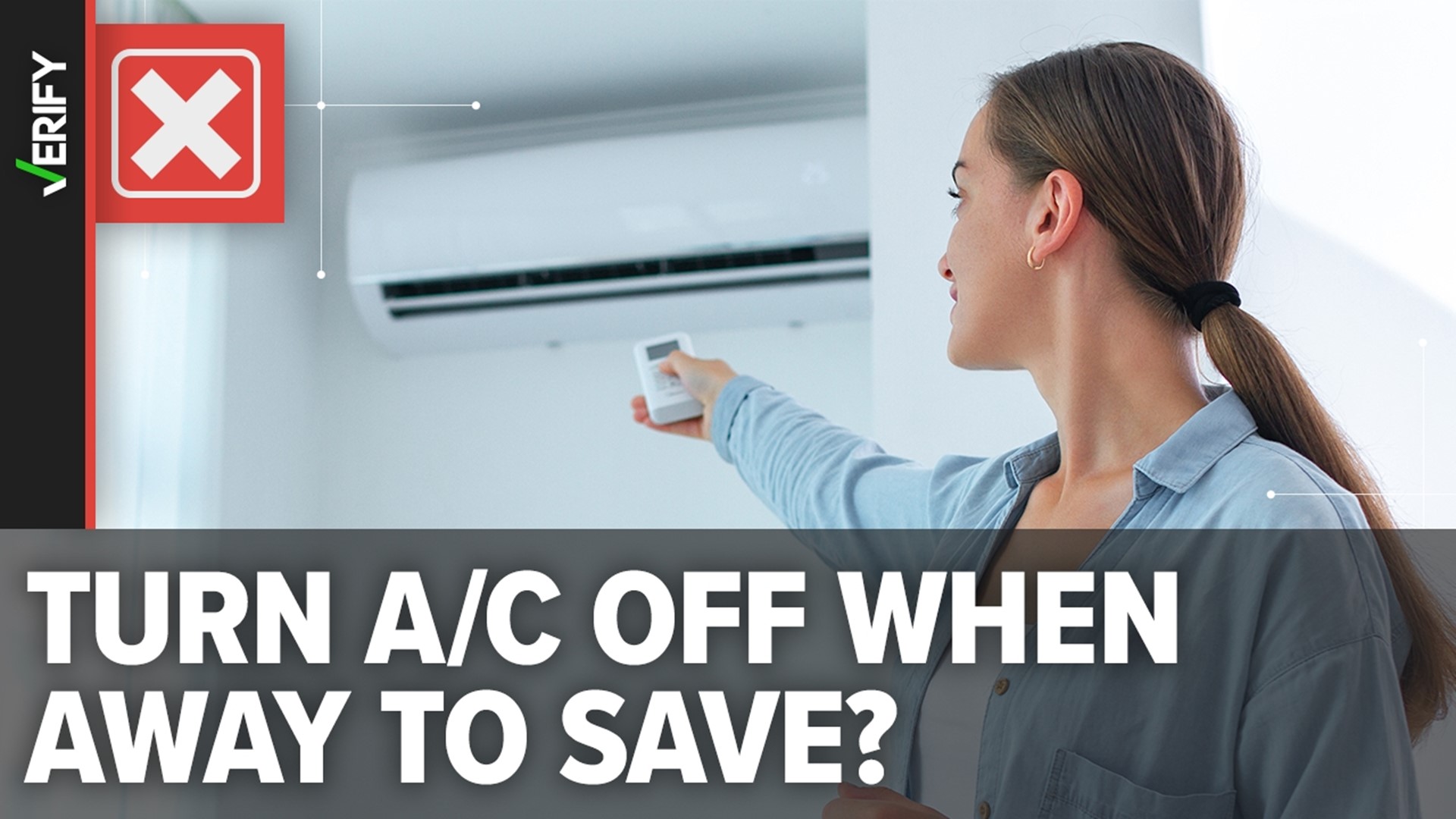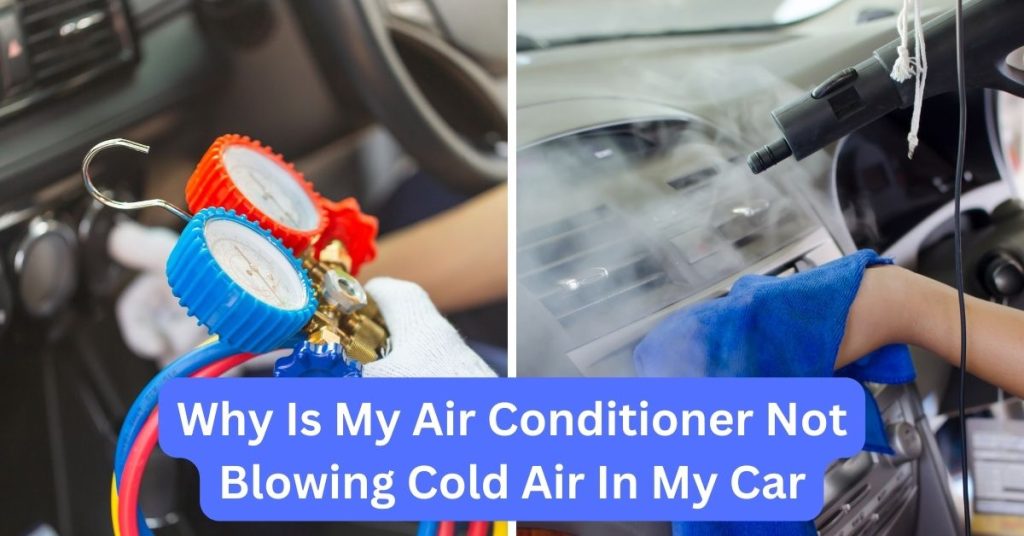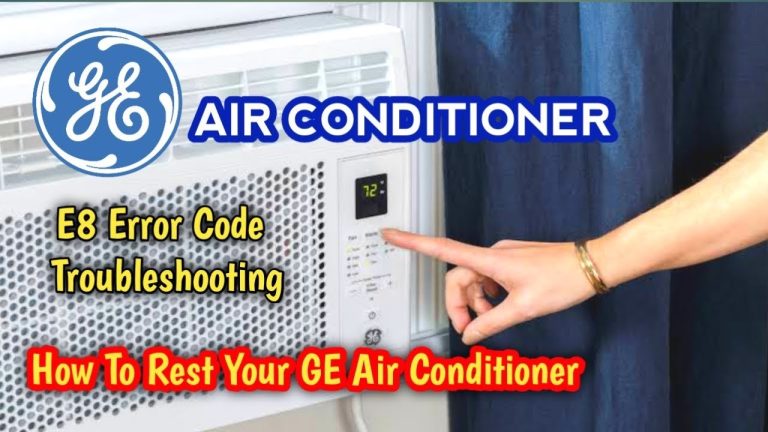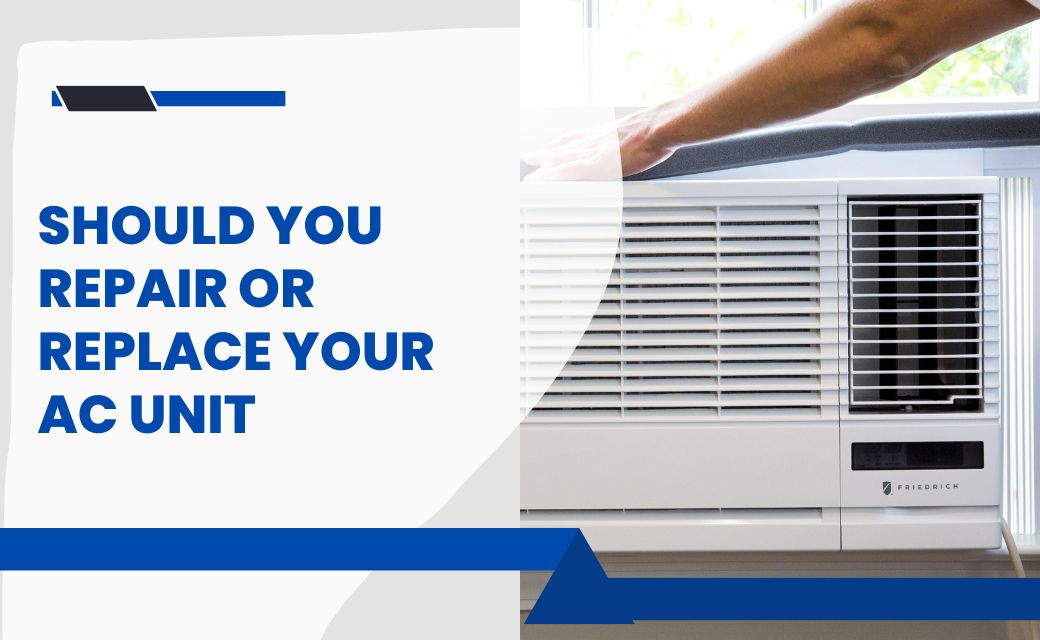When Should I Turn On My Air Conditioner

Decoding the Ideal Time to Switch on Your Air Conditioner: A Comprehensive Guide
Knowing when to turn on your air conditioner might seem straightforward, but it's a decision influenced by various factors, including your climate, lifestyle, energy costs, and the efficiency of your HVAC system. This guide provides a detailed overview to help homeowners, real estate investors, and contractors make informed decisions about when to activate their cooling systems for optimal comfort and energy savings.
Understanding the Thermal Threshold: More Than Just a Temperature
While a specific temperature often triggers the urge to turn on the AC, a more nuanced approach considers the combination of temperature, humidity, and personal comfort preferences. Most people find temperatures between 72°F and 78°F comfortable indoors. However, high humidity can make even lower temperatures feel unbearable. A good starting point is to consider switching on your AC when:
- Outdoor temperatures consistently reach 80°F (27°C) or higher: This is a general guideline, but adjust based on your location and climate.
- Indoor humidity levels exceed 50%: Use a hygrometer to monitor indoor humidity. High humidity can lead to mold growth and discomfort.
- You experience discomfort due to heat and humidity: Personal comfort is paramount. If you're feeling consistently hot and uncomfortable, it's time to turn on the AC.
Climate Considerations: Tailoring Your AC Usage
Your geographical location significantly impacts when you need to activate your air conditioning system. Consider these regional factors:
- Hot and Humid Climates (Southeast US): States like Florida, Georgia, and Louisiana typically require AC use from early spring through late fall. The high humidity necessitates dehumidification along with cooling.
- Hot and Arid Climates (Southwest US): Regions like Arizona, Nevada, and Southern California experience high temperatures but lower humidity. Evaporative coolers (swamp coolers) may be effective in these areas, but AC is often necessary during peak heat.
- Moderate Climates (Mid-Atlantic US): States like Virginia, Maryland, and Delaware see a more moderate need for AC, typically from late spring to early fall.
- Cooler Climates (Northeast US): AC use is generally limited to the summer months in states like Maine, Vermont, and New Hampshire.
Optimizing Energy Efficiency: Smart Thermostat Strategies
Using a programmable or smart thermostat is crucial for energy-efficient AC operation. Here are some strategies:
- Set a comfortable but energy-conscious temperature: The U.S. Department of Energy recommends setting your thermostat to 78°F (26°C) when you're home and increasing it when you're away.
- Utilize scheduling features: Program your thermostat to automatically adjust the temperature based on your daily schedule. Raise the temperature when you're at work or asleep and lower it before you return home or wake up.
- Smart Thermostat Learning: Some smart thermostats, like those from Nest and Ecobee, learn your preferences over time and automatically adjust the temperature to maximize comfort and energy savings.
Comparing HVAC Systems: Efficiency Ratings and Performance
When considering a new AC system, pay close attention to its efficiency ratings:
- SEER (Seasonal Energy Efficiency Ratio): Measures the cooling efficiency of an AC unit. Higher SEER ratings indicate greater efficiency. The minimum SEER rating currently mandated in the US is 14. Look for systems with SEER ratings of 16 or higher for significant energy savings.
- EER (Energy Efficiency Ratio): Measures the instantaneous cooling efficiency at a specific operating point. While SEER is a more comprehensive measure, EER can provide insights into performance under specific conditions.
- HSPF (Heating Seasonal Performance Factor): Applies to heat pumps and measures their heating efficiency. While not directly related to AC, it's important if you're considering a heat pump for both heating and cooling.
Popular AC Brands and Models
Here's a brief overview of some popular AC brands and models, highlighting their key features and efficiency ratings:
- Carrier: Known for its high-efficiency systems and innovative technology. The Carrier Infinity Series offers SEER ratings up to 26.
- Trane: Renowned for its reliability and durability. The Trane XV20i offers variable-speed technology and SEER ratings up to 20.
- Lennox: Offers a wide range of AC systems, including ultra-high-efficiency models. The Lennox SL28XCV boasts SEER ratings up to 28.
- Goodman: Provides more affordable options without sacrificing efficiency. The Goodman GSX16 offers a SEER rating of 16.
- Rheem: Offers a variety of AC systems with a focus on value and performance. The Rheem Classic Plus Series provides SEER ratings up to 17.
Example Pricing: A 3-ton Carrier Infinity Series unit with a SEER rating of 26 might cost between $8,000 and $12,000 installed, while a 3-ton Goodman GSX16 unit with a SEER rating of 16 could cost between $4,000 and $6,000 installed. Prices vary based on location, installation complexity, and contractor.
Air Conditioner Maintenance: Ensuring Longevity and Efficiency
Regular maintenance is essential for keeping your AC system running efficiently and preventing costly repairs. Here are some key maintenance tasks:
- Change or clean air filters regularly: Dirty air filters restrict airflow, reducing efficiency and potentially damaging the system. Replace disposable filters every 1-3 months, or clean reusable filters according to the manufacturer's instructions.
- Clean the outdoor unit: Remove leaves, debris, and vegetation from around the outdoor unit to ensure proper airflow.
- Schedule annual professional maintenance: A qualified HVAC technician should inspect your system annually to check refrigerant levels, clean coils, lubricate moving parts, and identify any potential problems.
Understanding Warranties: Protecting Your Investment
AC systems typically come with warranties that cover parts and labor. Carefully review the warranty terms and conditions before purchasing a system. Key considerations include:
- Length of warranty: Standard warranties typically cover parts for 5-10 years. Some manufacturers offer extended warranties that cover labor as well.
- Warranty requirements: Many warranties require annual professional maintenance to remain valid.
- Exclusions: Understand what the warranty does not cover, such as damage caused by improper installation or neglect.
Beyond the Thermostat: Additional Tips for Staying Cool
In addition to using your AC efficiently, consider these supplementary strategies for staying cool and comfortable:
- Use ceiling fans: Ceiling fans circulate air, creating a cooling breeze and allowing you to raise the thermostat temperature by a few degrees.
- Close blinds and curtains during the day: This helps to block sunlight and reduce heat gain.
- Avoid using heat-generating appliances during the hottest part of the day: Limit oven use and laundry drying during peak hours.
- Improve insulation: Proper insulation helps to keep heat out in the summer and in during the winter, reducing the workload on your HVAC system.
Real Estate Investor Considerations: Balancing Cost and Value
Real estate investors need to balance upfront costs with long-term value when choosing AC systems for their properties. Consider these factors:
- Tenant preferences: Tenants often prioritize comfort and energy efficiency. Investing in a high-efficiency system can attract and retain tenants.
- Property type: The size and layout of the property will influence the size and type of AC system required.
- Long-term ROI: While a more expensive, high-efficiency system may have a higher upfront cost, it can result in lower energy bills and increased property value over time.
Contractor Insights: Best Practices for AC Installation
For contractors advising clients, it's crucial to provide accurate information and recommend appropriate AC systems based on their needs and budget. Emphasize the importance of:
- Proper sizing: An undersized system will struggle to cool the space effectively, while an oversized system will cycle on and off frequently, leading to energy waste and premature wear and tear.
- Professional installation: Proper installation is essential for ensuring optimal performance and efficiency.
- Clear communication: Explain the different system options, efficiency ratings, and warranty terms to clients so they can make informed decisions.
Making the Right Choice
Determining the optimal time to turn on your air conditioner is a personal decision that depends on various factors. By considering your climate, comfort preferences, energy costs, and the efficiency of your HVAC system, you can make informed choices that maximize comfort and minimize energy consumption. Remember to prioritize regular maintenance and understand your warranty coverage to protect your investment and ensure long-term performance. Investing in a high-efficiency AC system from a reputable brand like Carrier, Trane, or Lennox can provide significant energy savings and enhance your overall comfort. Before making a final decision, consult with a qualified HVAC contractor to assess your specific needs and recommend the best system for your home or property.
